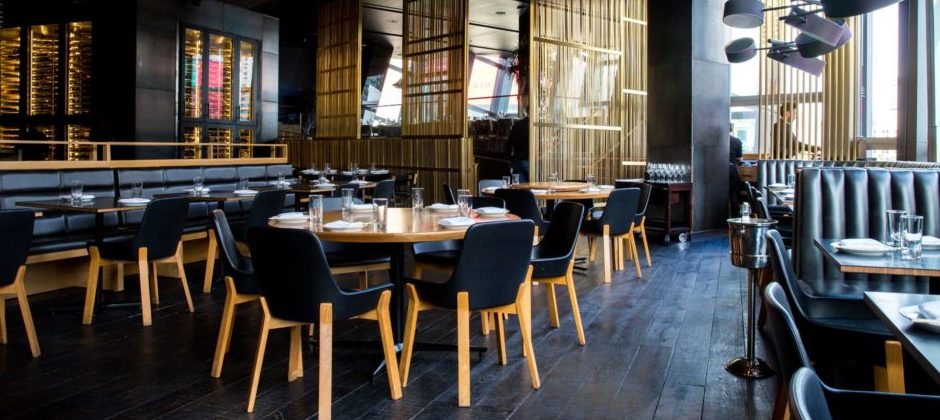
We discuss the question of how to use IoT to help business and the public without necessarily bringing in the perceived risks of surveillance or rent-seeking.
It is reasonably well-established fact that good ventilation indoors is an important factor in controlling the spread of COVID-19. Ventilation and CO2 load are both critical for retail and office spaces, as well as gyms, hotels, restaurants and bars. CO2 is strongly related to occupancy levels: how many people are in this space, and what kind of air are they breathing?
We have affordable tools to measure CO2 load. We have technology to estimate occupancy. We have readily-available interfaces to receive alerts and call a human to take action. What if we combined these things to help the community with health and safety?
A few things we know:
- Commercial solutions exist for CO2 monitoring.
- IoT solutions for sensing room occupancy also exist
- Government-supported initiatives for better ventilation continue at the state, regional and county level.
Given the above, and absent a federal mandate for CO2 monitors (similar to carbon monoxide sensors), how can we give retailers and office managers the tools to reduce risk without taking on an unaffordable cost burden?
Our proposal is for a modular, extensible and DIY kit that combines CO2 sensing, occupancy sensing, and a display* to show readings, receive alerts, and let a responsible person take simple actions like opening a window or door, preventing more people coming in, or turning up the AC. Success conditions for this proposed system include:
- There should be no running costs beyond wall power and battery replacement, at least for the basic solution. However, a more advanced solution could involve low-cost / free-tier cloud back-ends suited to IoT, like ThingsBoard.
- Primarily, there should be no perceived risk of surveillance or punishment, nor the fear of an eventual charge for a service that starts out free. However, a cloud component – if the business owner wants it – could also serve to provide historical data and an audit trail, in support of future regulation or proof of compliance.
- It should be simple to set up, easy to use.
- It should work with any modern iPhone or Android phone.
- The bill of materials should not exceed $500 (an arbitrary figure, but as a one-off, probably not a deal-breaker for your average small business owner)
Finally, we might consider: what if the readings and alerts could be made available not just to the owner of the space but to anybody inside that space? Or even, taking a more Open Data approach, making this information available to anyone, everywhere. For example, a prospective visitor might like to see the historical track of the air quality at a particular restaurant during peak hours, in the summer or winter, in the last 6 months. Would this create trust in the establishment? Would it give customers the opportunity to assess their own risk? Would it be seen as a deterrent to retailers?
* an LED, LCD, or a smartphone equipped with Bluetooth
References:
https://www.epa.gov/indoor-air-quality-iaq/clean-air-buildings-challenge
https://www.cdc.gov/coronavirus/2019-ncov/community/ventilation.html
https://www.imperial.ac.uk/news/233154/curbing-covid-19-schools-imperial-scientists-support/



